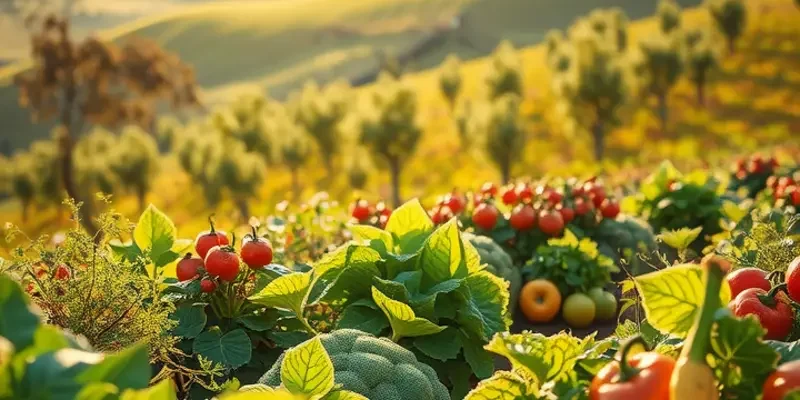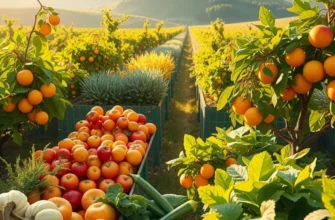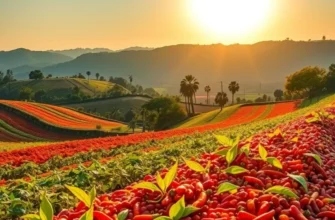Around the world, food connects us to our culture, history, and celebrations. From nourishing family feasts to grand community gatherings, every tradition brings a unique dish that adds flavor to the festivities. This exploration unveils celebratory dishes that highlight the distinct flavors, ingredients, and stories from various cultures, enticing food enthusiasts and the culturally curious alike.
Festive Flavors: A Culinary World Tour
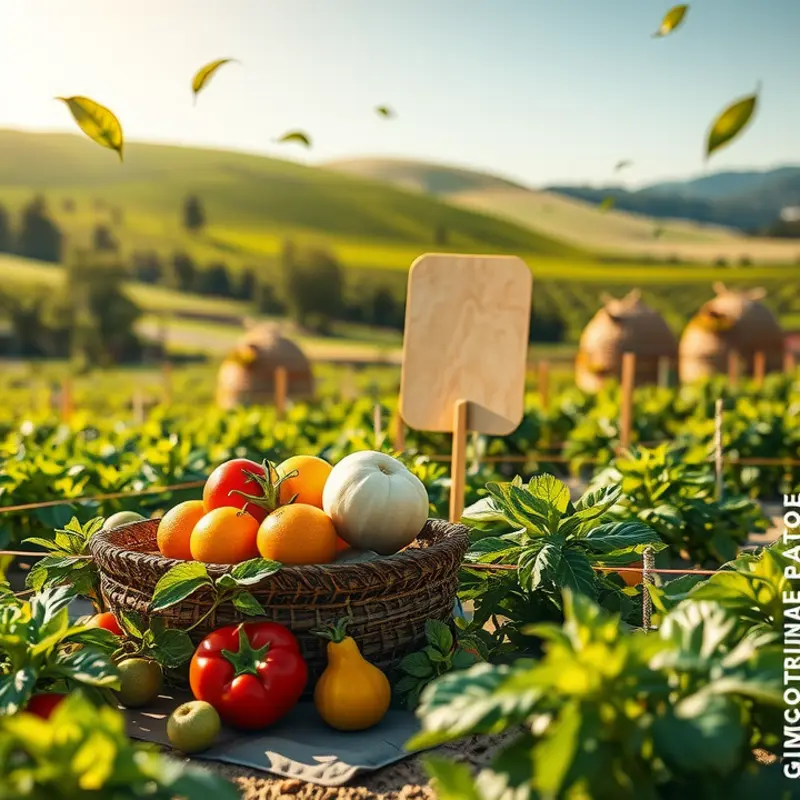
In a world rich with traditions, festivals are vibrant celebrations where food stands at the heart. It is through these dishes that the tapestry of culture unfurls, painting a vivid picture steeped in history and emotion. Each festival around the world tells a unique story, and the dishes served are essential chapters in these narratives.
India’s Diwali exemplifies this, as the Festival of Lights stretches beyond illuminating homes to include a feast for the senses. Sweets like gulab jamun and jalebi line street stalls, their aromas mingling with the sharp spices of savory samosas. During Diwali, families unify in an explosion of flavor, emphasizing togetherness shared through generations.
Journeying westward, Thanksgiving emerges as a key festivity in the U.S., with a record of feasting rooted in gratitude. The Thanksgiving table is rich with history, mirroring the landscapes of America. Turkey, the centerpiece, is often accompanied by stuffing, cranberry sauce, and pumpkin pie. Each dish represents indigenous ingredients shaped by varied culinary influences over time.
Europe offers its culinary gems during festive times, notably Italy’s panettone during Christmas. This sweet bread, dotted with candied fruits and raisins, is more than a dessert; it is a celebratory symbol shared with family and friends. The preparation itself is a ritualistic dance, where patience and care knead traditions into each bite.
Across the globe, Japan’s New Year celebration features osechi. A vibrant array of beautifully arranged dishes, each holds symbolic significance. For instance, the sweet black beans, kuromame, represent good health, while herring roe, kazunoko, symbolizes prosperity through an abundance of offspring. The meticulous preparation speaks to Japanese culture’s focus on presentation and meaning.
In Nigeria, the New Yam Festival marks the harvest’s return and is an ode to the Earth’s yield. Yams are prepared in myriad forms, often pounded or fried, and served alongside traditional stews. The festival highlights the communal spirit and gratitude for nature’s bounty.
As we continue this culinary expedition, it is essential to appreciate the traditions that mold these celebrations. The ingredients and methods are a testament to climate, geography, and historical influences. For those interested in exploring the ancient pathways of food trade, the culinary influences from trade routes reveal how these interactions have shaped present-day festive dishes.
Festive foods are the keeper of cultural identities, passed from one generation to the next. They invite us into a shared experience, wrapping us in the familiar warmth of unity and joy. As we savor these dishes, we are partaking in stories crafted by the hands of many before us, each with a unique tale of celebration.
Unveiling Traditions: Dishes that Unite Communities
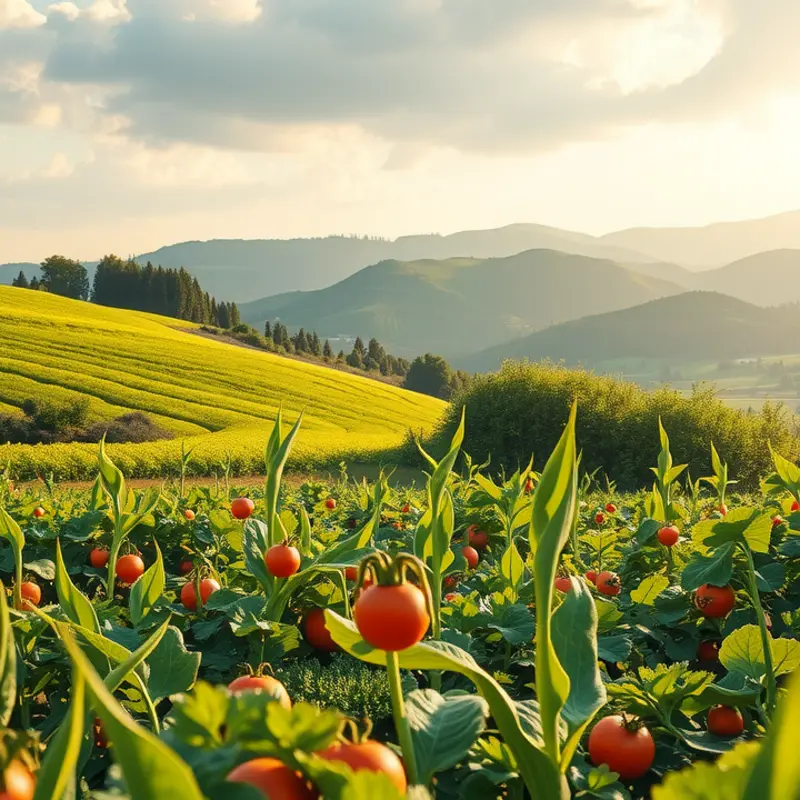
Celebratory dishes hold a significant place in cultural identity, revealing much about communal values and traditions. Take Ethiopian injera, a staple that transcends mere nourishment. This unique, spongy bread forms the foundation of a communal meal, bringing family and friends together. In Ethiopia, injera is often paired with a variety of richly spiced stews. These stews, or wats, are commonly served on a single large platter. Diners gather around, breaking off pieces of injera to scoop up the hearty stews, embodying the essence of shared experience and community spirit.
Much like injera, Spanish paella carries a communal essence rooted in tradition and celebration. Originating from the region of Valencia, paella is traditionally cooked over an open flame in a wide, shallow pan. The dish is a vibrant ensemble of saffron-infused rice, fresh seafood, and seasonal vegetables. Cooking paella is often a family affair, with multiple generations contributing to its preparation. The large paella pan is placed at the center of the gathering, allowing everyone to partake in the meal collectively, fostering a sense of togetherness.
These dishes are not just meals but rituals that promote unity and continuity within a community. The shared platter of injera or the communal pan of paella reflects a deeper cultural practice beyond the food itself. This practice is echoed in many cultures worldwide. The preparation and consumption of these meals underline the importance of family bonds and collective values.
As an example, consider how ingredients are chosen and combined for these communal meals. The deliberate selection of elements like saffron in paella or the varied spices in Ethiopian stews showcases the rich tapestry of cultural heritage. Each ingredient carries symbolic meanings or local significance, weaving stories through taste and aroma. Culinary influences from trade and migration have further enriched these traditional dishes, illustrating an ever-evolving dialogue between cultures.
Ultimately, these collective dining experiences echo a universal truth: food connects us. Sharing a meal encourages dialogue, understanding, and empathy, breaking down barriers as hands reach over shared dishes. Such gatherings become a metaphor for life’s interconnections, reinforcing our shared human experience. The language of food provides a unique way to convey love and tradition, strengthening our bonds through timeless customs embraced globally.
Final words
Celebratory dishes represent more than just food; they embody the heart of cultural expressions, traditions, and community gatherings. Exploring these diverse cuisines invites us to appreciate the stories behind flavors that unite people, whether through family recipes passed down generations or community feasts marking significant events. Culturally resonant and rich in history, these dishes inspire us to celebrate our own traditions while embracing the culinary practices of the world. So, gather your loved ones, try a new dish, and create your own stories today.

